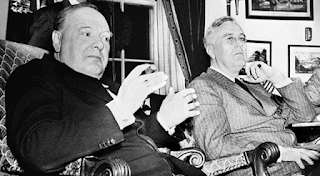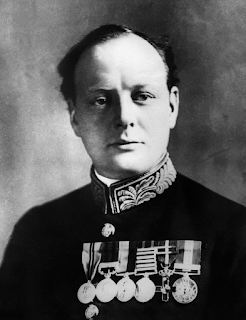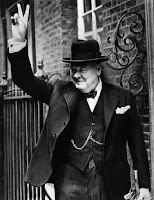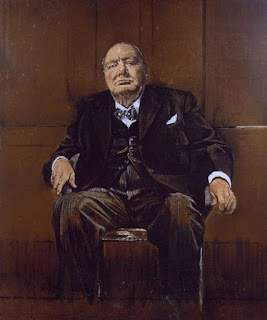Charming Churchillian Chartings

Churchill (left) in Egypt in 1921 For the past month or so, I have worked on creating a digital map that charts all of Winston Churchill's travels. It will catalogue everywhere he went. As you may imagine, it is a large task; Churchill traveled everywhere from Calcutta to New York in his long life. So far, I have charted everywhere that he has traveled, as far as I know, up to the year 1907. I have fifty-eight years to go, but am planning to finish it sometime this month, if possible. Keep checking the map, as I am updating it constantly. I hope that you enjoy this resource!





